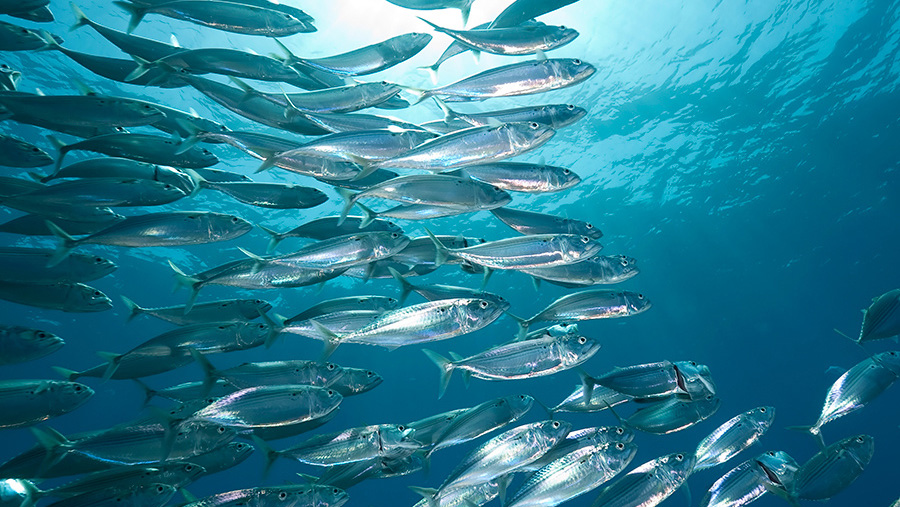
Goal:To explore how marine pollution and environmental degradation affects fisheries and ecosystems, and its significance to environmental managers.
Pollution and habitat studies have been poorly linked to fish population studies or, by extension, to resource management. Interest is growing, inside and outside of government, in developing such linkages so that the environment can be managed as an ecological whole rather than as collection of separate problems and processes.
Obstacles to identifying these relationships include (1) insufficient data, (2) insufficient use of existing data, (3) lack of analytical tools, (4) few direct examples of pollution effects, and (5) institutional constraints. More information is needed on the comparative effects of pollution and other anthropogenic and natural factors, on ecological thresholds, and on pollution’s direct and indirect effects.
Management’s needs, in addition to good science, include better prediction, better ability to manage the environment at different organizational levels (e.g., individual populations, species assemblages, ecosystems), better communication and coordination among and within agencies, and, above all, more awareness of the issue within the scientific community at large.
This has been the focus of the conference series, begun in 1995, and held in Baltimore, MD, Bodega Bay, CA and Charleston, SC. An important additional priority has been how scientific results may improve resource management and be communicated effectively. The 1997 conference was the first one to be held after Congress passed the Sustainable Fisheries Act (SFA) in 1996.
The Essential Fish Habitat component of this legislation requires the National Marine Fisheries Service (NMFS) to identify and conserve the habitat considered essential to support stocks of all federally managed fish species. The SFA embodies a conceptual shift from fisheries management to ecosystem management, and as such represents a major departure from past management policies and philosophies.
For at least three decades, it has been increasingly obvious that marine habitats in the United States and elsewhere are being altered and contaminated, that overfishing is widespread, and that fishery populations are in broad decline. The SFA was born of a scientific paradigm shift in fisheries: a recognition that abundance of individual fish species cannot be fully understood outside of their ecosystem contexts, particularly their physical habitats. In turn, the SFA legislated an institutional paradigm shift that will make fishery management much more complex but, it is hoped, also more effective.
Selected papers from each conference were published in three peer-reviewed journals: Transactions of the American Fisheries Society (1995 conference), North American Journal of Fisheries Management (1996 conference) and Ecological Applications (1997 conference).
Client: A consortium of national and regional agencies, including the National Oceanic & Atmospheric Administration, the Atlantic States Marine Fisheries Commission, et al.
TerrAqua’s role: Develop the concept, plan and organize the series, acquire funding.